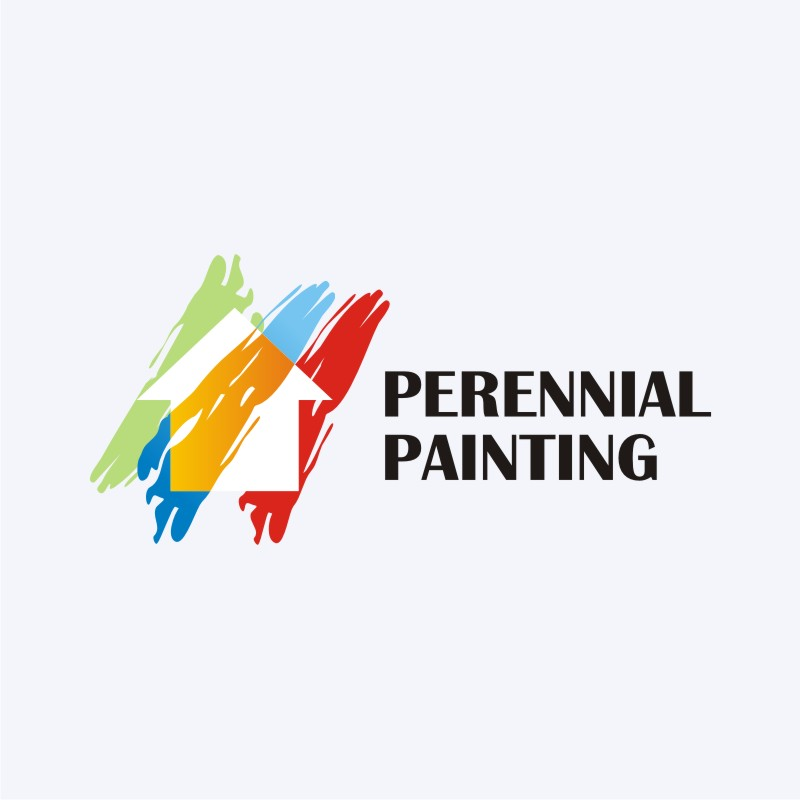Discover How Seasonal Influences Can Affect The Effectiveness Of Business Exterior Painting And Find Out The Most Beneficial Times To Guarantee Sturdy Results For Your Job
Discover How Seasonal Influences Can Affect The Effectiveness Of Business Exterior Painting And Find Out The Most Beneficial Times To Guarantee Sturdy Results For Your Job
Blog Article
Published By-Leach Decker
When you're planning a business external painting job, seasonal factors can make or damage your results. You'll wish to take into consideration just how temperature level and moisture effect paint application and drying out times. Selecting the best period can ensure your paint sticks properly and lasts longer. However which periods are truly the most effective for this sort of job? Let's discover the crucial elements that can impact your task's success.
The Influence of Temperature Level on Paint Application
When you're planning an industrial exterior painting task, the temperature level can dramatically impact exactly how well the paint sticks and dries out.
Preferably, you wish to repaint when temperature levels vary in between 50 ° F and 85 ° F. If it's as well chilly, the paint might not heal properly, bring about concerns like peeling or fracturing.
On the flip side, if it's as well hot, the paint can dry too quickly, preventing proper attachment and leading to an uneven finish.
You ought to additionally consider the time of day; early morning or late afternoon supplies cooler temperatures, which can be a lot more favorable.
Constantly check the supplier's suggestions for the particular paint you're utilizing, as they often provide guidance on the suitable temperature level variety for optimum outcomes.
Humidity and Its Result on Drying Times
Temperature level isn't the only environmental factor that influences your commercial exterior paint job; humidity plays a considerable duty also. High humidity levels can decrease drying times considerably, influencing the general quality of your paint work.
When the air is saturated with wetness, the paint takes longer to treat, which can bring about issues like poor bond and a greater danger of mildew growth. If you're repainting on a particularly moist day, be gotten ready for extended delay times between coats.
It's essential to keep track of regional climate condition and strategy accordingly. Preferably, aim for moisture levels between 40% and 70% for optimum drying.
Maintaining these consider mind guarantees your task stays on track and supplies an enduring coating.
Best Seasons for Commercial Outside Painting Projects
What's the most effective time of year for your business outside paint jobs?
Springtime and very early autumn are usually your best options. Throughout these seasons, temperature levels are mild, and moisture levels are usually lower, producing excellent conditions for paint application and drying.
Avoid summertime's intense heat, which can create paint to dry too rapidly, resulting in poor attachment and finish. Similarly, winter months's cool temperature levels can hinder correct drying out and curing, taking the chance of the longevity of your paint work.
Go for Read the Full Posting with temperatures in between 50 ° F and 85 ° F for optimum outcomes. Bear in mind to inspect the local weather prediction for rainfall, as damp conditions can destroy your job.
Planning around these variables guarantees your paint job runs smoothly and lasts much longer.
Conclusion
In conclusion, preparing your commercial exterior paint projects around seasonal considerations can make a substantial difference in the outcome. By organizing work during the excellent temperatures and moisture levels, you'll ensure better attachment and drying out times. Remember to keep housepanter on local weather forecasts and choose the correct time of year-- springtime and very early fall are your best bets. Taking these actions will help you achieve a resilient and specialist coating that lasts.
